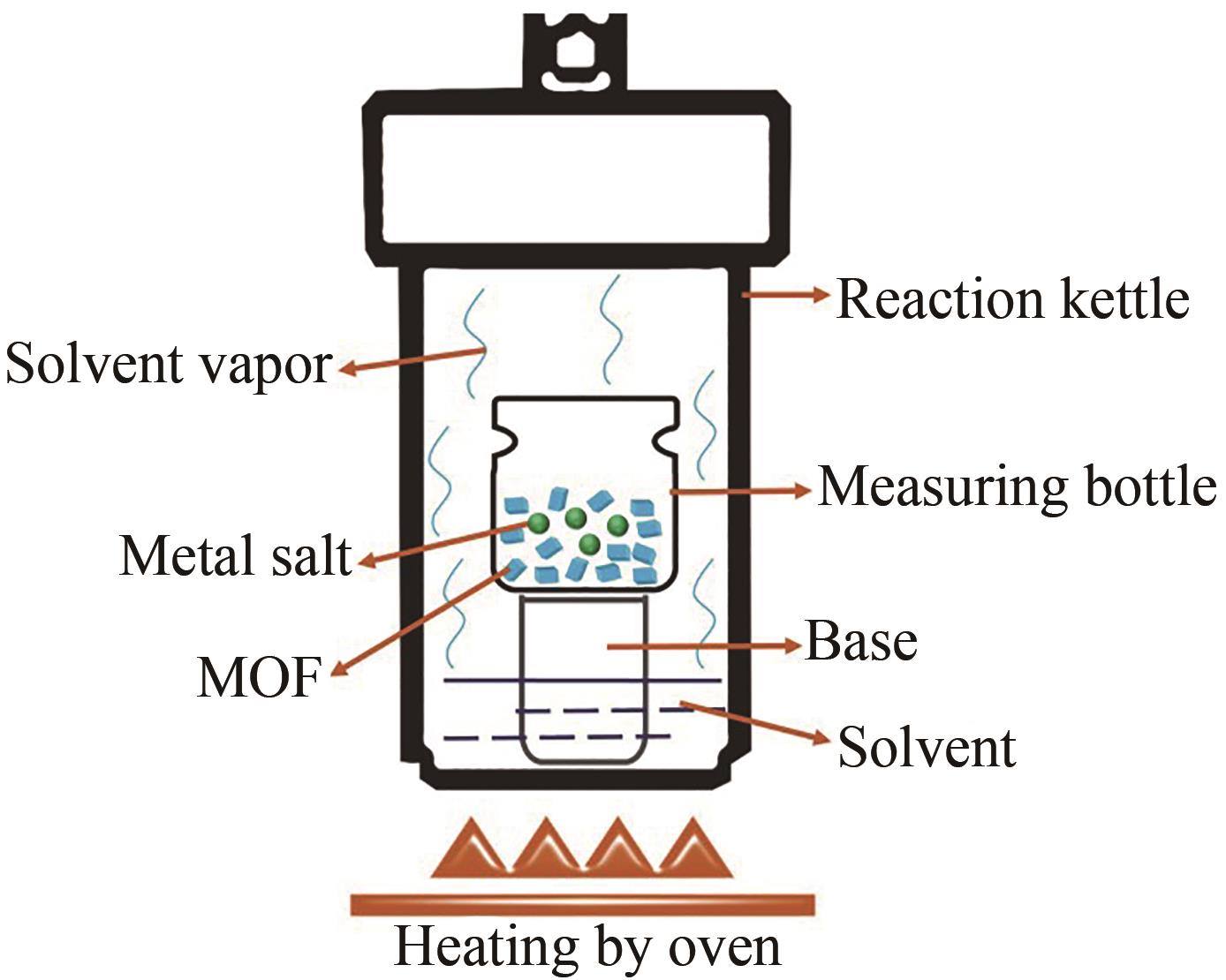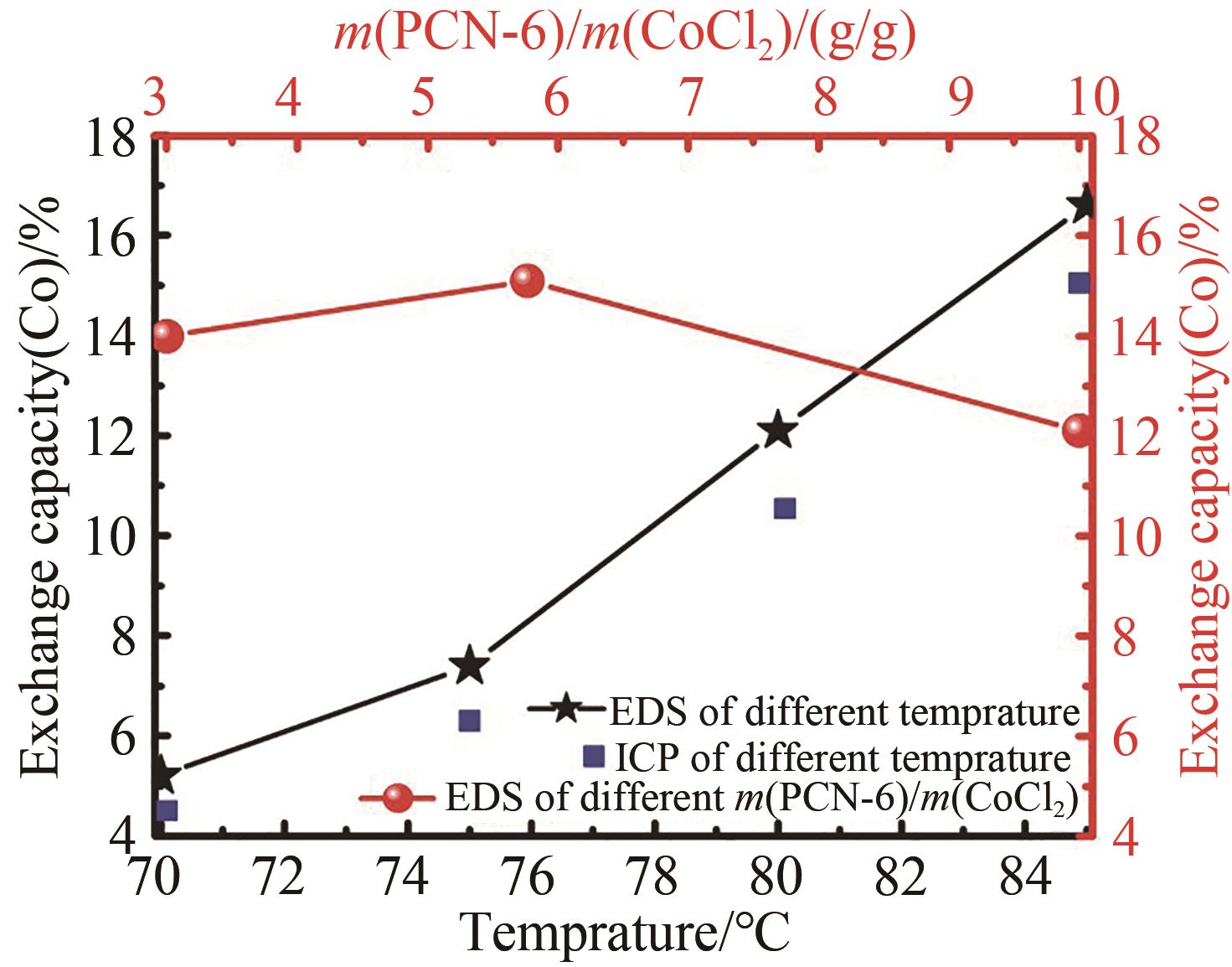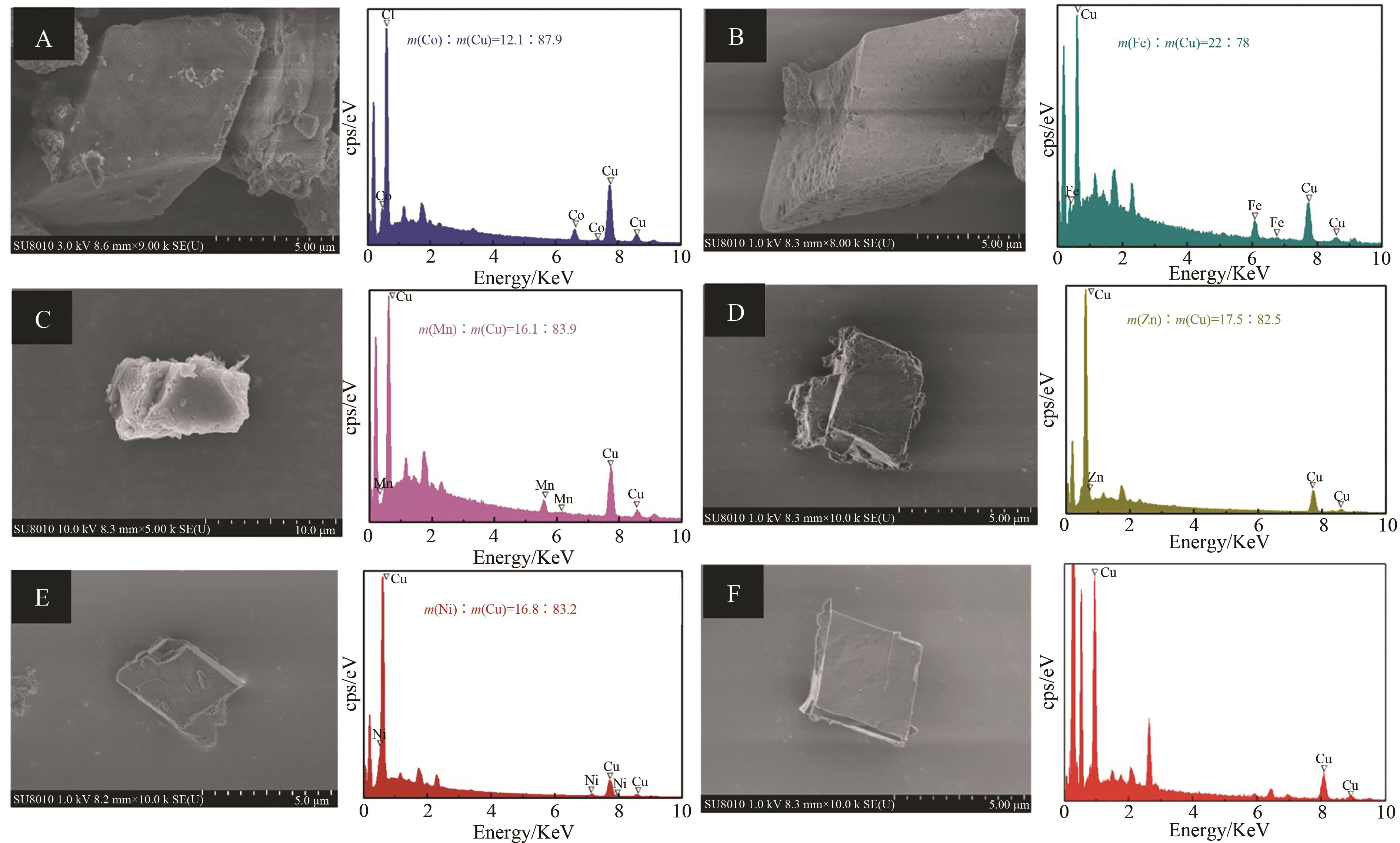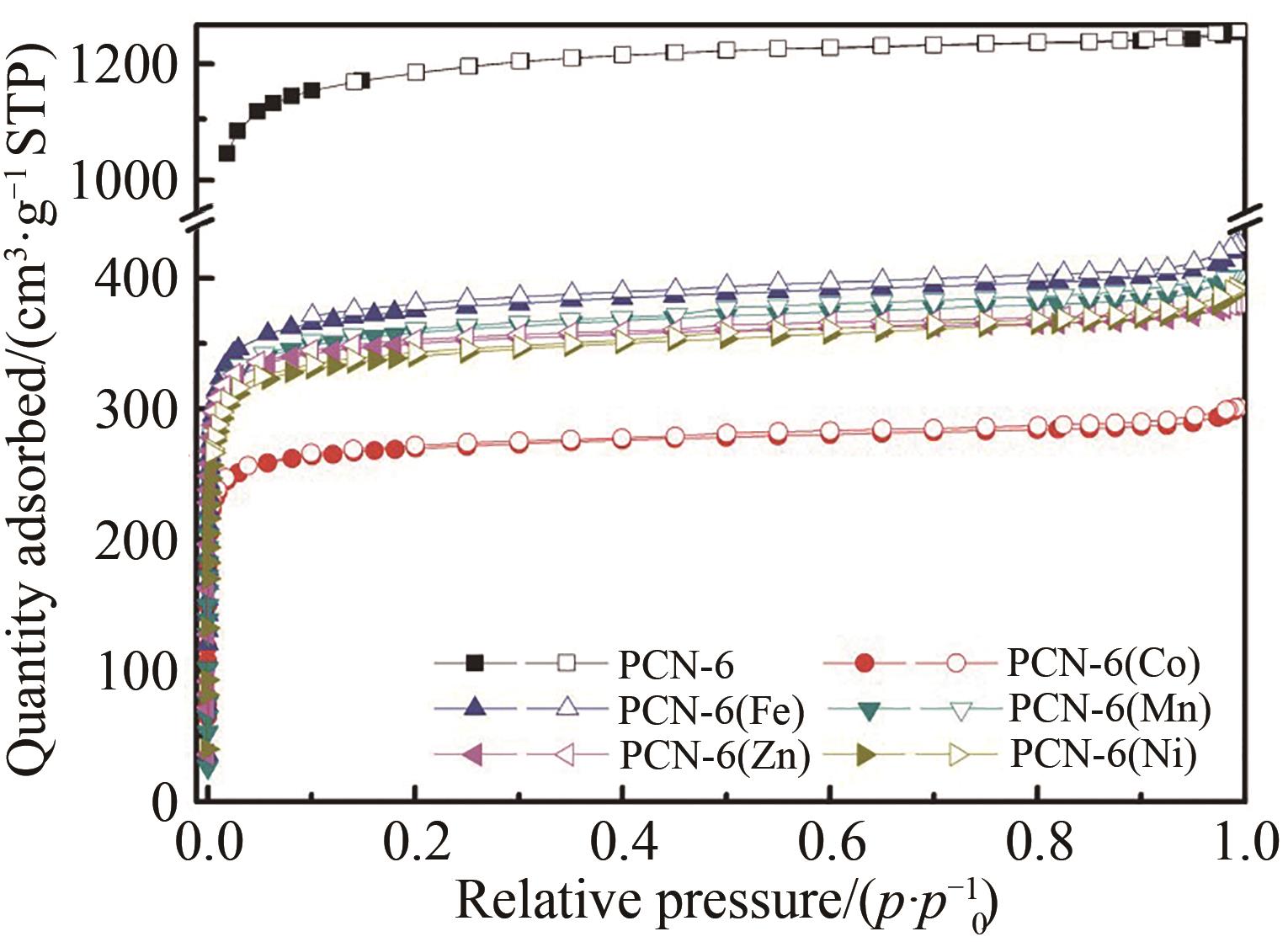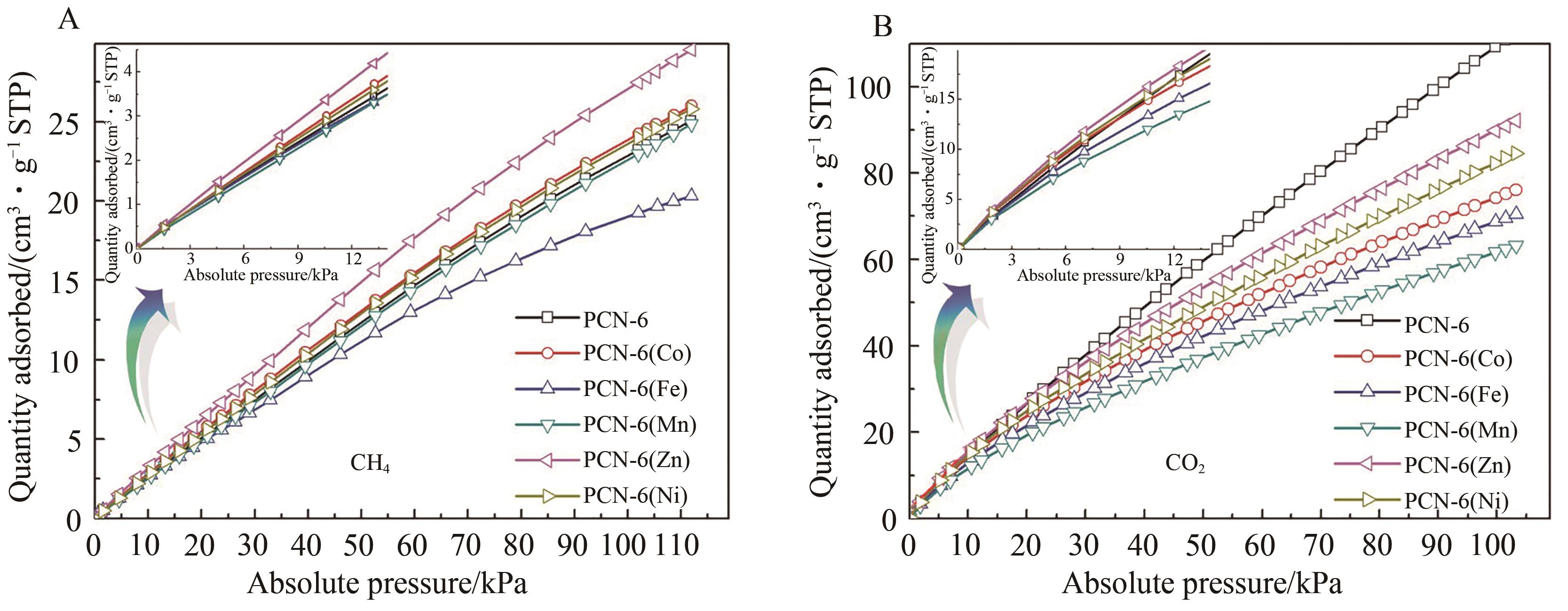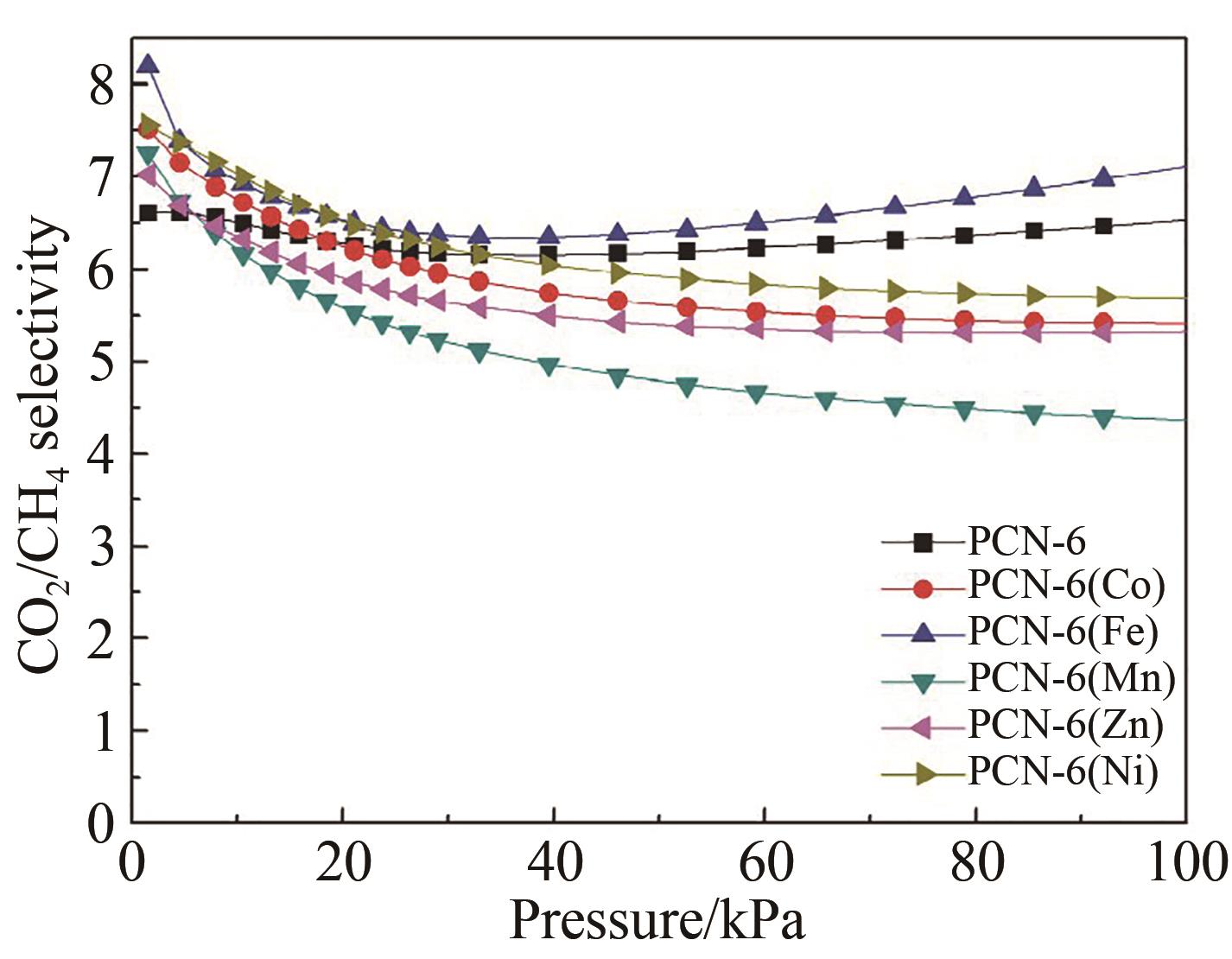| 1 |
AUGELLETTI R, GALLI S, GISLON P, et al. Biogas upgrading through CO2 removal by chemical absorption in an amine organic solution: physical and technical assessment, simulation and experimental validation[J]. Biomass Bioenergy, 2020, 141: 105729.
|
| 2 |
HASHEMZADEH H, RAISSI H, FARZAD F. Design of new materials based on functionalization of Cu-BTC for adsorption and separation of CH4 and CO2: GCMC and MD simulations study[J]. Russ J Phys Chem A, 2020, 94(7): 1415-1421.
|
| 3 |
SOTO C, PALACIO L, MUÑOZ R, et al. Recent advances in membrane-based biogas and biohydrogen upgrading[J]. Processes, 2022, 10(10): 1918.
|
| 4 |
FURUKAWA H, CORDOVA K E, O'KEEFFE M, et al. The chemistry and applications of metal-organic frameworks[J]. Science, 2013, 341(6149): 1230444.
|
| 5 |
FURUKAWA H, MÜLLER U, YAGHI O M. “Heterogeneity within order” in metal-organic frameworks[J]. Angew Chem Int Ed, 2015, 54(11): 3417-3430.
|
| 6 |
KITAGAWA S. Metal-organic frameworks (MOFs)[J]. Chem Soc Rev, 2014, 43(16): 5415-5418.
|
| 7 |
GHANBARI T, ABNISA F, DAUD W M A W. A review on production of metal organic frameworks (MOF) for CO2 adsorption[J]. Sci Total Environ, 2020, 707: 135090.
|
| 8 |
CHOE J H, KIM H, HONG C S. MOF-74 type variants for CO2 capture[J]. Mater Chem Front, 2021, 5(14): 5172-5185.
|
| 9 |
CHRN Y, WANG Y, WANG Y, et al. Improving CH4 uptake and CH4/N2 separation in pillar-layered metal-organic frameworks using a regulating strategy of interlayer channels[J]. AIChE J, 2022, 68(11): e17819.
|
| 10 |
ZHU B, CAO J W, MUKHERJEE S, et al. Pore engineering for one-step ethylene purification from a three-component hydrocarbon mixture[J]. J Am Chem Soc, 2021, 143(3): 1485-1492.
|
| 11 |
ANTYPOV D, SHKURENKO A, BHATT P M, et al. Differential guest location by host dynamics enhances propylene/propane separation in a metal-organic framework[J]. Nat Commun, 2020, 11(1): 1-8.
|
| 12 |
IPADEOLA A K, EID K, ABDULLAH A M, et al. Pd-Nanoparticles embedded metal-organic framework-derived hierarchical porous carbon nanosheets as efficient electrocatalysts for carbon monoxide oxidation in different electrolytes[J]. Langmuir, 2022, 38(36): 11109-11120.
|
| 13 |
KANG Y S, LU Y, CHEN K, et al. Metal-organic frameworks with catalytic centers: from synthesis to catalytic application[J]. Coord Chem Rev, 2019, 378: 262-280.
|
| 14 |
ZHANG Z, NGUYEN H T H, MILLER S A, et al. Polymer-metal-organic frameworks (polyMOFs) as water tolerant materials for selective carbon dioxide separations[J]. J Am Chem Soc, 2016, 138(3): 920-925.
|
| 15 |
元宁, 杜冰洁, 贾晓霞, 等. 双金属金属有机骨架材料的制备及性能研究进展[J]. 应用化学, 2018, 35(5): 500-510.
|
|
YUAN N, DU B J, JIA X X, et al. Research progress in preparation technology and application of bimetal metal-organic frameworks materials[J]. Chin J Appl Chem, 2018, 35(5): 500-510.
|
| 16 |
邵姗, 张剑, 邓凯强, 等. 镍钴双金属-卟啉有机框架复合纳米材料构建的无酶传感器检测多巴胺[J]. 应用化学, 2022, 39(7): 1098-1107.
|
|
SHAO S, ZHANG J, DENG K Q, et al. Detection of dopamine by enzyme-free sensor constructed by nickel-cobalt bimetallic-porphyrin organic framework composites[J]. Chin J Appl Chem, 2022, 39(7): 1098-1107.
|
| 17 |
张娜, 苏策, 王邦贤, 等. 载钯双金属Cu/Co-MOF的制备及催化降解方面的应用[J]. 化工新型材料, 2022, 50(10): 247-251.
|
|
ZHANG N, SU C, WANG B X, et al. Preparation of palladium-loaded Cu/Co-MOF and its application in catalytic degradation[J]. New Chem Mater, 2022, 50(10): 247-251.
|
| 18 |
HAN Y, LI J R, XIE Y, et al. Substitution reactions in metal-organic frameworks and metal-organic polyhedra[J]. Chem Soc Rev, 2014, 43(16): 5952-5981.
|
| 19 |
孔颖, 厉学武, 徐红, 等. 蒸气相中笼形类沸石材料MTN单晶的合成规律[J]. 燃料化学学报, 2007(5): 599-602.
|
|
KONG Y, LI X W, XU H, et al. Synthesis of a clathrate compound MTN by VPT route[J]. J Fuel Chem Technol, 2007(5): 599-602.
|
| 20 |
SHI Q, CHEN Z, SONG Z, et al. Synthesis of ZIF-8 and ZIF-67 by steam-assisted conversion and an investigation of their tribological behaviors[J]. Angew Chem Int Ed, 2011, 3(50): 672-675.
|
| 21 |
CHEN Y, YANG C, WANG X, et al. Vapor phase solvents loaded in zeolite as the sustainable medium for the preparation of Cu-BTC and ZIF-8[J]. Chem Eng J, 2017, 313: 179-186.
|
| 22 |
WANG X S, MA S, SUN D, et al. A mesoporous metal-organic framework with permanent porosity[J]. J Am Chem Soc, 2006, 128(51): 16474-16475.
|
| 23 |
SUN D, MA S, KE Y, et al. An interweaving MOF with high hydrogen uptake[J]. J Am Chem Soc, 2006, 128(12): 3896-3897.
|
| 24 |
MYERS A L, PRAUSNITZ J M. Thermodynamics of mixed-gas adsorption[J]. AIChE J, 1965, 11(1): 121-127.
|
| 25 |
LEI L, HUANG D, CHENG M, et al. Defects engineering of bimetallic Ni-based catalysts for electrochemical energy conversion[J]. Coordin Chem Rev, 2020, 418: 213372.
|
| 26 |
李梦晨, 高善彬, 于宏悦, 等. 类固相法合成ZSM-22沸石及其结构特点[J]. 硅酸盐学报, 2021, 49(12): 2659-2666.
|
|
LI M C, GAO S B, YU H Y, et al. Synthesis and characteristics of ZSM-22 zeolite by like-solid-phase method[J]. J Chin Ceram Soc, 2021, 49(12): 2659-2666.
|
| 27 |
KIM D, COSKUN A. Template-directed approach towards the realization of ordered heterogeneity in bimetallic metal-organic frameworks[J]. Angew Chem Int Ed, 2017, 129(18): 5153-5158.
|
| 28 |
STOLAR T, PRAŠNIKAR A, MARTINEZ V, et al. Scalable mechanochemical amorphization of bimetallic Cu-Zn MOF-74 catalyst for selective CO2 reduction reaction to methanol[J]. ACS Appl Mater Inter, 2021, 13(2): 3070-3077.
|
| 29 |
KIM J, YANG S T, CHOI S B, et al. Control of catenation in CuTATB-n metal-organic frameworks by sonochemical synthesis and its effect on CO2 adsorption[J]. J Mater Chem, 2011, 21(9): 3070-3076.
|
| 30 |
安晓银, 鲁金明, 刘毅, 等. 双金属MOF-74的合成及其气体吸附分离性能研究[J]. 化工新型材料, 2020, 48(4): 185-190.
|
|
AN X Y, LU J M, LIU Y, et al. Synthesis of bimetallic MOF-74 and its gas adsorption and separation properties[J]. New Chem Mater, 2020, 48(4): 185-190.
|
| 31 |
KARDANI R, ASGHARI M, HAMEDANI N F, et al. Mesoporous copper zinc bimetallic imidazolate MOF as nanofiller to improve gas separation performance of PEBA-based membranes[J]. J Ind Eng Chem, 2020, 83: 100-110.
|
| 32 |
CHAEMCHUEN S, ZHOU K, KABIR N A, et al. Tuning metal sites of DABCO MOF for gas purification at ambient conditions[J]. Microporous Mesoporous Mater, 2015, 201: 277-285.
|
| 33 |
邹伟欣, 李锞, 仝庆, 等. 一种利用金属有机框架MOF-303构建Cu、Ni双金属位的功能材料的方法: 中国, 202211238566.9[P]. 2022-12-16.
|
|
ZOU W X, LI K, TONG Q, et al. Method for constructing Cu and Ni double-metal-site functional material by using metal organic framework MOF-303: CN, 202211238566.9[P]. 2022-12-16.
|

 )
)
